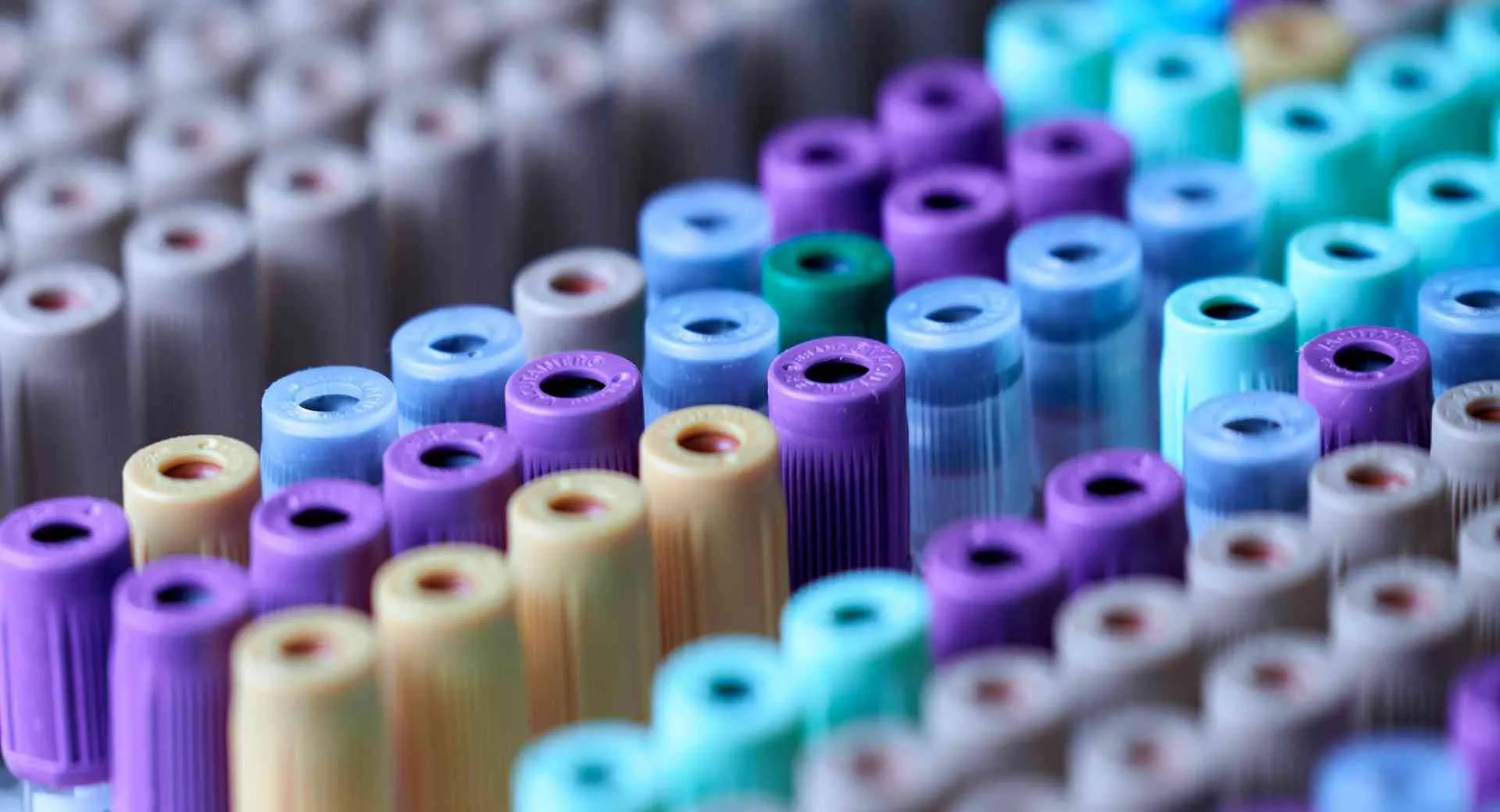Properties
Molecular weight: 8-Arm PEG MW refers to the MW of the entire PEG molecule. The MW of each arm is 1/8 of the MW indicated in the product name. MW of PEG was measured by MALDI-MS or GPC. PDI (polydispersity index) of our 8-Arm PEG is 1.02-1.06 with very narrow MW distribution. The number of repeating ethylene oxide units (CH2CH2O) or the degree of polymerization is calculated dividing the PEG MW by 44 (44 is the molecular mass of one repeating unit).
Solubility: Soluble in water and aqueous buffer, chloroform, methylene chloride, DMF, DMSO, and less soluble in alcohol, toluene. Not soluble in ether.
Density: PEG density is approximately 1.125 g/mL
Physical form: PEG products generally appear as white or off-white powder, and for certain special 8-arm PEGs, it may appear as wax-like, semi-solid material due to low MW and the type of functional groups.
Storage condition: PEG product shall be stored in the original form as received in a freezer at -20C or lower for long term storage. Stock solution of PEG reagents that do not contain oxygen or moisture sensitive functional groups may be temporarily stored in a refrigerator or ambient temperature for multiple days. Stock solution should avoid repeated freeze-and-thaw cycles. See Documents section for detailed storage and handling conditions.
References
1. Matthias P. Lutolf et al, Designer matrices for intestinal stem cell and organoid culture, Nature, 2016, 539, 560-564, doi:10.1038/nature20168, Text.
2. PEG Hydrogels – Injectable laminin-functionalized hydrogel for nucleus pulposus regeneration, Biomaterials, 2013 (34): 7381-7388, Text.
3. Improved vascularization of porous scaffolds through growth factor delivery from heparinized polyethylene glycol hydrogels, Acta Biomaterialia, 2017, Text.
4. A tunable hydrogel system for long-term release of cell-secreted cytokines and bioprinted in situ wound cell delivery, J Biomed Mater Res Part B: Appl Biomater, 105B: 1986-2000, 2017, Text.
5. N-cadherin is Key to Expression of the Nucleus Pulposus Cell Phenotype under Selective Substrate Culture Conditions, Scientific Reports 6, Article number: 28038 (2016), Text.
6. Combinatorial Screening of Nanoclay Reinforced Hydrogels: A Glimpse of the “Holy Grail†in Orthopedic Stem Cell Therapy? ACS applied materials & interfaces (2018), Text.
7. Bioprinted trachea constructs with patient matched design, mechanical and biological properties, 2019, Biofabrication, 2019, doi: 10.1088/1758-5090/ab5354
8. Verteporfin treatment controls morphology, phenotype, and global gene expression for cells of the human nucleus pulposus, JOR Spine. 2020;e1111, doi: 10.1002/jsp2.1111
9. Oxygen releasing hydrogels for beta cell assisted therapy, International Journal of Pharmaceutics, 2021, 120595, Text.
10. Development of a library of laminin-mimetic peptide hydrogels for control of nucleus pulposus cell behaviors, J Tissue Eng. 2021 Jan-Dec; 12: 20417314211021220. Text.
11. Bio-instructive hydrogel expands the paracrine potency of mesenchymal stem cells, 2021, Biofabrication, 13 045002, Text.
Click here to view an expanded list of hundreds of publications citing Creative PEGWorks products.


